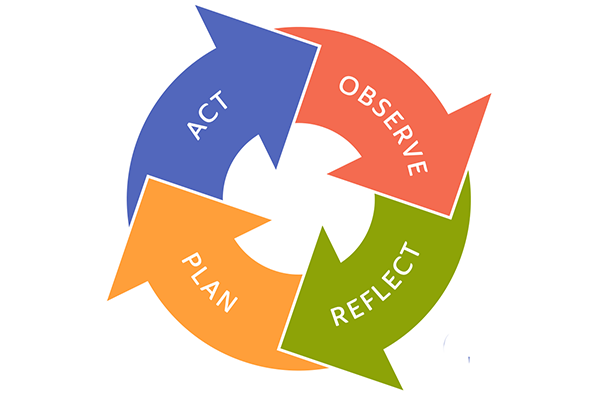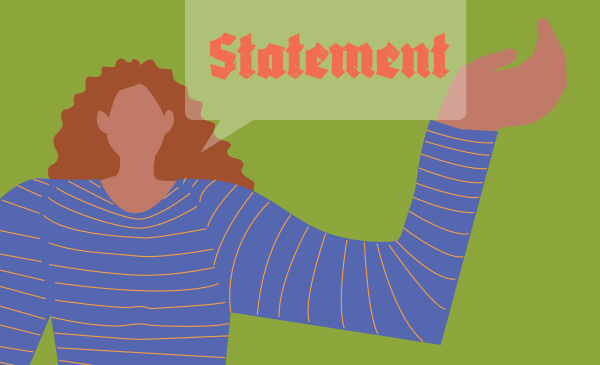Reflective Teaching
Reflective teaching Heading link
As an instructor, how do you know if what you’re doing in the classroom is “working”? In other words, how do you know if your teaching methods are effective in engaging students and supporting them in achieving your course learning objectives?
column 1
When engaging in reflective teaching practices, instructors participate in teaching as a continuous improvement cycle (Brookfield, 2017). Instructors interact with students in the classroom via a variety of teaching methods. They can then take their teaching one step further by observing what is going on in their classroom by collecting data from different sources (e.g., students, peers, self-reflection, examining the education literature for evidence on best or promising instructional practices). Instructors then reflect upon what the data tells them about their teaching and the student learning experiences, and plan and implement changes based on their analysis and reflection. In this way, instructors’ teaching practices go through iterative changes based on their observations and feedback — an overall process we refer to as reflective teaching.
The feedback that instructors collect on their teaching typically is either formative or evaluative in nature. Formative feedback includes such tools as student mid-semester questionnaires and formative assessments integrated as learning activities in the course. This type of feedback can help you enhance your teaching on an ongoing basis. Evaluative feedback includes instruments such as student course evaluations or peer observations and is often used in advancement and promotion/tenure decisions.
column 2

The teaching guides in this section will cover topics that support your engagement in reflective teaching practices. We elaborate on different strategies for collecting data on your teaching, whether for formative or evaluative purposes, and include using students, peers, and self-reflection as data sources. We also share resources on how to write a teaching statement that incorporates a data-informed reflection on your teaching, which might be utilized in a dossier or job application.



